Ice cream may be the ultimate symbol of carefree indulgence—a sweet, creamy escape from the ordinary that brings back memories of summer nights, birthday parties, and childhood smiles. But behind that innocent-looking scoop of vanilla or swirl of fudge ripple, not all ice cream is created equal. In fact, some of the most popular brands in your grocery freezer aisle are hiding a less-than-sweet truth: they’re loaded with low-quality ingredients that would make any nutritionist cringe.
While many consumers assume that all ice cream is made with simple, wholesome ingredients like cream, sugar, and real flavorings, the reality is often far more complex—and a lot less appetizing. From artificial sweeteners and stabilizers to high fructose corn syrup, thickeners, and synthetic dyes, several well-known ice cream brands are cutting corners to maximize profits, not taste or nutrition. These shortcuts not only compromise flavor and texture, but they can also introduce questionable additives into your diet.
So how can you tell the good from the not-so-good? It starts with knowing what’s really inside your favorite pint. Just because a brand boasts nostalgic packaging or a cheap price tag doesn’t mean it’s worth the spoonful. In this guide, we’re exposing 14 popular ice cream brands in the U.S. that consistently use lower-quality ingredients—based on real data, expert analysis, and food label breakdowns.
Whether you’re a die-hard dessert lover or just someone who enjoys an occasional treat, it’s worth taking a closer look at what you’re scooping into your bowl. Some of these brands might surprise you, while others have long been on health experts’ no-go lists. Either way, this list just might change how you shop the next time you wander down the frozen food aisle. Let’s dig into the truth—one scoop at a time.
1. Great Value
Walmart’s budget-friendly ice cream brand might save you money, but at what cost? The ingredient list reveals corn syrup as a primary sweetener instead of pure sugar, creating an overly sweet profile with an artificial aftertaste.
Chemical thickeners like guar gum replace the natural creaminess that should come from actual dairy fat. Many flavors contain artificial colors and flavors that mimic the real thing but fall noticeably short.
The texture often feels gummy rather than smooth, a telltale sign of lower-quality ingredients. While the price point is attractive, you’re essentially paying for a cheaper imitation of what ice cream should be.
2. Blue Ribbon Classics
Ever wondered why some Blue Ribbon Classics products avoid the words “ice cream” on their packaging? The answer lies in FDA regulations – they legally can’t call it ice cream! Instead, you’ll find “frozen dairy dessert” on the label, indicating insufficient milkfat content to qualify as genuine ice cream.
The formula relies heavily on gums and stabilizers to mimic the mouthfeel of premium products. Artificial flavoring compounds substitute for natural ingredients like vanilla beans or fresh fruit.
What results is a product engineered in a lab rather than crafted in a creamery. The texture often feels oddly slick on the tongue – a sensation created by chemical additives rather than dairy richness.
3. Blue Bunny
Blue Bunny’s cheerful packaging hides a disappointing reality. Rather than using cream as the primary ingredient, they load their products with skim milk and whey – cheaper dairy components that lack the richness genuine ice cream should deliver.
The brand compensates for missing butterfat with an arsenal of artificial ingredients. Take a bite and you might notice something off about the texture – it melts differently than premium ice cream, often leaving a strange film in your mouth.
Many flavors contain artificial colors like Yellow 5 and Red 40, which have been linked to behavioral issues in children. The result is a product that resembles ice cream visually but falls short in taste, texture, and nutritional value.
4. Breyers
Remember when Breyers was synonymous with quality ice cream? Many loyal customers haven’t noticed that numerous Breyers products no longer qualify as ice cream under FDA standards. The company quietly rebranded these items as “frozen dairy desserts” – a telling downgrade.
This change happened when Breyers reformulated with cheaper ingredients like corn syrup, vegetable oils, and an array of stabilizers. Pick up a container and check the ingredients – you’ll likely find carrageenan, a controversial additive some researchers link to digestive inflammation.
The texture has changed too, becoming resistant to melting – a strange quality for real ice cream but common in highly processed alternatives. Many long-time fans complain the product barely resembles what they grew up enjoying.
5. Halo Top
Marketed as a guilt-free alternative to traditional ice cream, Halo Top’s low-calorie promise comes with hidden compromises. The brand achieves its calorie reduction through sugar alcohols like erythritol, which can cause bloating, gas, and digestive distress in many people.
The creamy texture you expect from premium ice cream? Replaced by fiber additives and milk protein concentrate – industrial ingredients that mimic creaminess without the nutritional benefits of real dairy fat.
Many consumers report an unpleasant aftertaste from the stevia and other artificial sweeteners. While the nutrition label might look appealing at first glance, the ingredient list reveals a highly processed food rather than a simple frozen treat.
6. Edy’s/Dreyer’s
Edy’s (sold as Dreyer’s in some regions) once represented quality ice cream, but formula changes have transformed it into something less wholesome. A glance at the ingredient list reveals polysorbate 80, an emulsifier that helps oil mix with water – necessary only because they’ve reduced the natural cream content.
High fructose corn syrup has replaced traditional sugar in many flavors. This cheaper sweetener has been linked to increased obesity and metabolic disorders when consumed regularly.
Perhaps most concerning is carrageenan, a seaweed-derived thickener that some scientific studies associate with inflammation and digestive problems. The final product has a strangely consistent texture that doesn’t melt naturally – a red flag for excessive processing.
7. Friendly’s
Despite its wholesome name, Friendly’s ice cream contains ingredients that nutritionists consider concerning. High fructose corn syrup tops the sweetener list in many flavors, providing a cheaper alternative to cane sugar but potentially contributing to health issues with regular consumption.
Artificial flavors create taste profiles that mimic natural ingredients without actually containing them. The bright colors in many Friendly’s varieties come from synthetic dyes like Yellow 5 and Red 40, which some research links to hyperactivity in children.
Most concerning are the stabilizers and emulsifiers that give Friendly’s its unnaturally long shelf life. These additives help maintain texture but can disrupt gut bacteria according to emerging research. The result is a product engineered for profit rather than nutrition or taste.
8. Good Humor
The nostalgic ice cream truck favorite hides a rainbow of artificial colors behind its cheerful packaging. Good Humor products frequently contain Red 40, Blue 1, and Yellow 5 – synthetic dyes that have been banned in some countries due to potential health concerns.
Many Good Humor novelties achieve their long freezer life through chemical stabilizers that prevent natural melting. Take the classic Strawberry Shortcake Bar – that vibrant pink coating contains no actual strawberries, just artificial flavors and colors.
The chocolate coating on many products uses vegetable oils instead of real cocoa butter, creating a waxy mouthfeel. While the nostalgia factor remains strong, the ingredients have shifted dramatically from the simpler formulations of decades past, sacrificing quality for extended shelf life and profit margins.
9. Blue Bell
Blue Bell enjoys a loyal following, especially in the South, but fans might be surprised by some ingredients lurking in their favorite flavors. Several varieties contain titanium dioxide – the same compound used in sunscreen and paint – to achieve that perfect white appearance.
High fructose corn syrup appears frequently in their ingredient lists, a cost-cutting measure that nutritionists warn against consuming regularly. The brand faced scrutiny in 2015 after a deadly listeria outbreak, raising questions about their manufacturing practices and quality control.
Many flavors contain artificial colors and flavors rather than natural ingredients. While their marketing emphasizes tradition and homestyle quality, the actual formulations tell a different story – one of industrial food science rather than simple, wholesome ice cream making.
10. Turkey Hill
Pennsylvania-based Turkey Hill markets itself as a simple, wholesome choice, but the ingredient list tells a different story. Many flavors contain potassium sorbate, a synthetic preservative that extends shelf life but adds nothing to flavor or nutrition.
Rather than using real vanilla beans or fresh fruit, artificial flavors create taste profiles designed in laboratories. The texture often feels gummy rather than creamy – a sign of excessive stabilizers and gums replacing natural dairy fat.
Some Turkey Hill products achieve their sweetness through corn syrup rather than cane sugar, creating a different flavor profile than traditional ice cream. While packaging emphasizes farm imagery and natural themes, the formulations have more in common with processed food than with the simple farm-fresh ice cream the brand suggests.
11. Kemps
Midwestern favorite Kemps prioritizes longevity over quality in their ice cream formulations. Corn syrup features prominently in their sweetener blend, providing cheaper sweetness than pure sugar but with a distinct and less natural flavor profile.
A cocktail of gums – including cellulose gum, guar gum, and carrageenan – creates texture that resists melting and extends freezer life. These additives replace the natural stabilizing properties that should come from sufficient cream content.
Many Kemps flavors contain mono and diglycerides – technical-sounding ingredients that function as emulsifiers but are actually a form of trans fat. The final product maintains its shape unnaturally long when left at room temperature – a telltale sign of heavy processing rather than the quick melt you’d expect from premium, high-cream-content ice cream.
12. Market Pantry
Target’s house brand ice cream might save you money, but the savings come at a cost to quality. Many Market Pantry flavors rely on artificial vanilla (labeled as “vanillin”) instead of real vanilla extract, creating a flat, one-dimensional flavor missing the complex notes of genuine vanilla.
The creamy texture comes not from high butterfat content but from various fillers and stabilizers. These additives create a mouth-coating sensation that mimics richness without providing the nutritional benefits or taste of real cream.
Corn syrup solids appear frequently in their formulations – a processed ingredient that extends shelf life but contributes to the overly sweet, somewhat artificial taste profile. While the price point makes Market Pantry attractive, the compromise on ingredient quality results in a product that merely imitates premium ice cream.
13. Hudsonville
Marketed as a premium offering, Hudsonville ice cream harbors a secret behind its fancy packaging. Reading the fine print reveals mono and diglycerides – synthetic fats used to prevent separation – creating that artificially smooth texture you’ve grown accustomed to.
Cellulose gum, another industrial additive, serves as a thickening agent derived from wood pulp or cotton. This ingredient helps maintain the product’s consistency without adding any nutritional benefits whatsoever.
Corn syrup appears prominently in many Hudsonville varieties, a cheaper alternative to natural sweeteners that helps manufacturers cut costs. What began as a small Michigan creamery has evolved into a mass-produced product relying on the same industrial shortcuts as budget brands.
14. Kroger Deluxe
Marketed as a budget-friendly option, Kroger Deluxe seems like a smart choice for families watching their grocery bills. But flip that carton around and you’ll find a chemical laboratory’s worth of additives.
The high fructose corn syrup lurking inside has been linked to various health concerns, while artificial flavors replace the real ingredients you deserve. Those mysterious stabilizers—guar gum and carrageenan—might sound harmless, but they’re industrial thickeners that help mask the lack of actual cream.
Fun fact: Real premium ice cream typically contains just five simple ingredients, while Kroger’s version can list up to twenty different components!
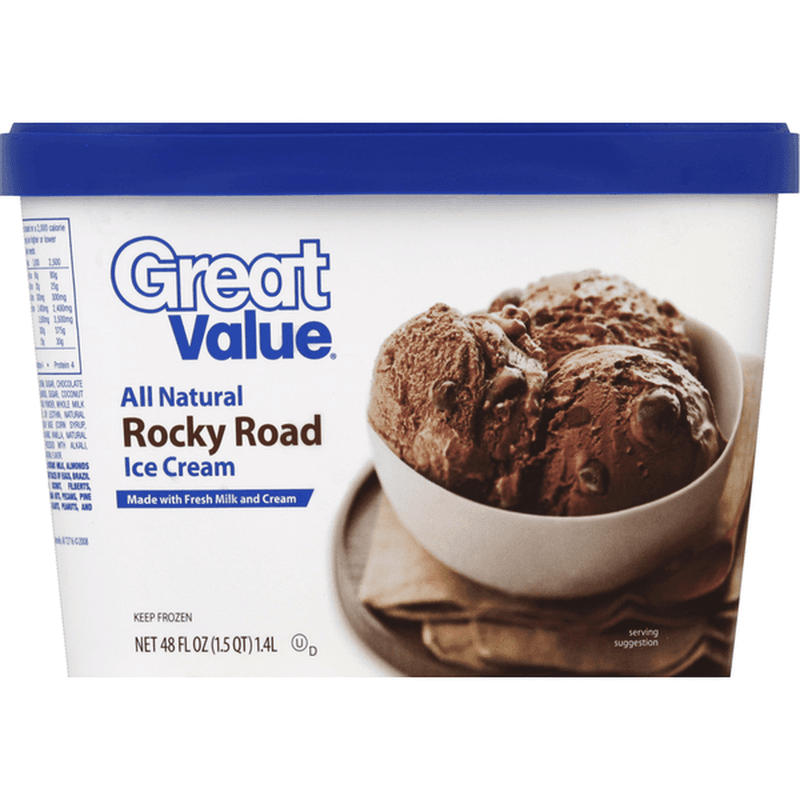
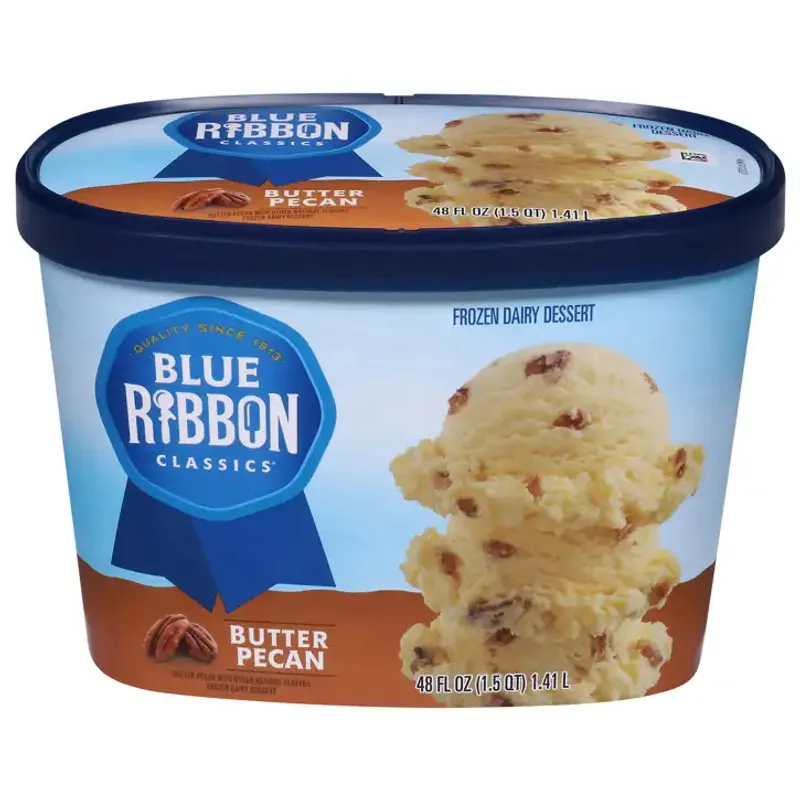
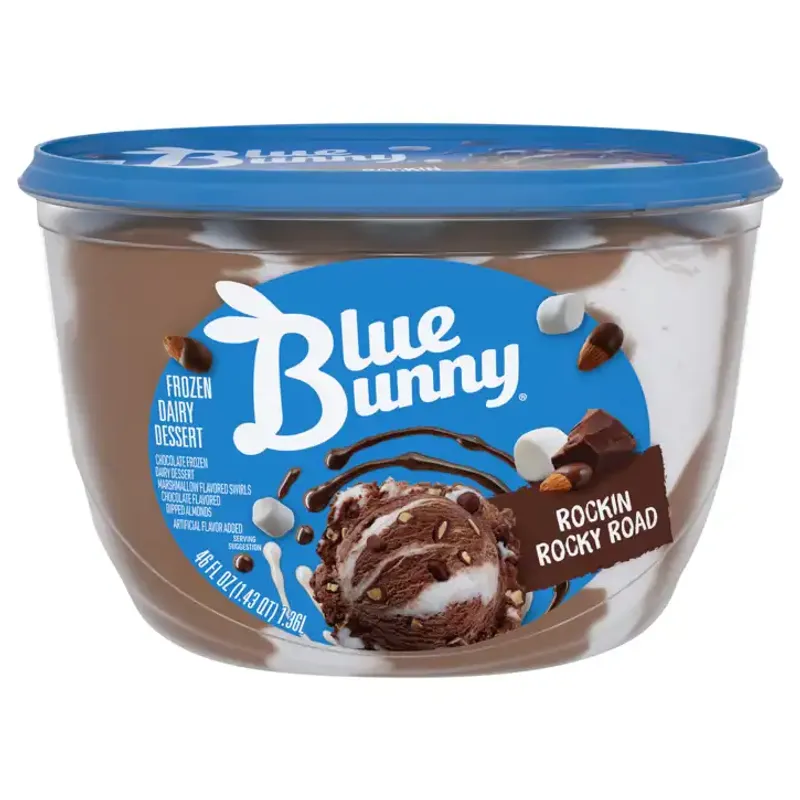
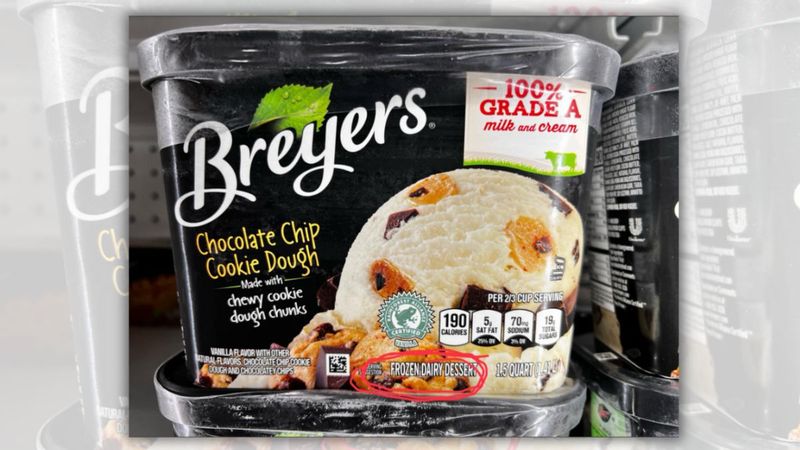
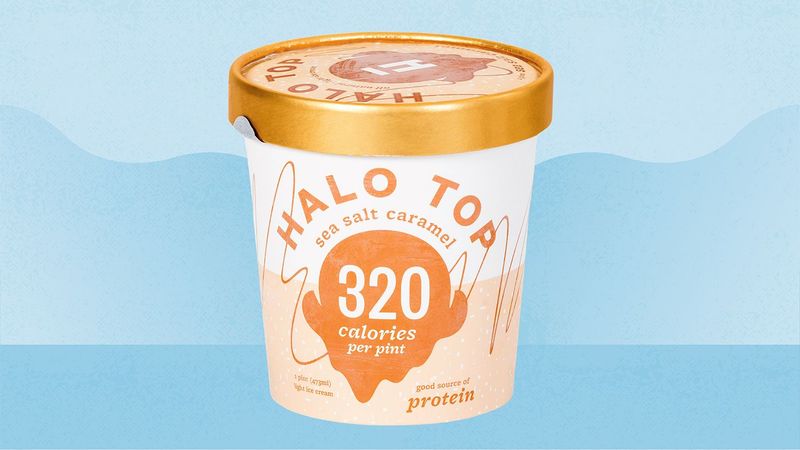
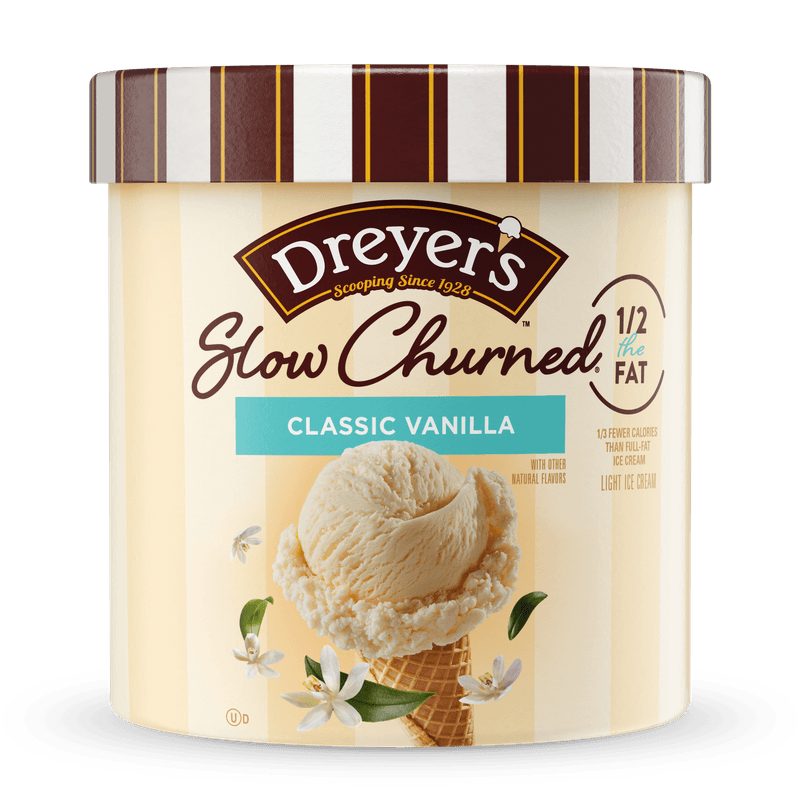
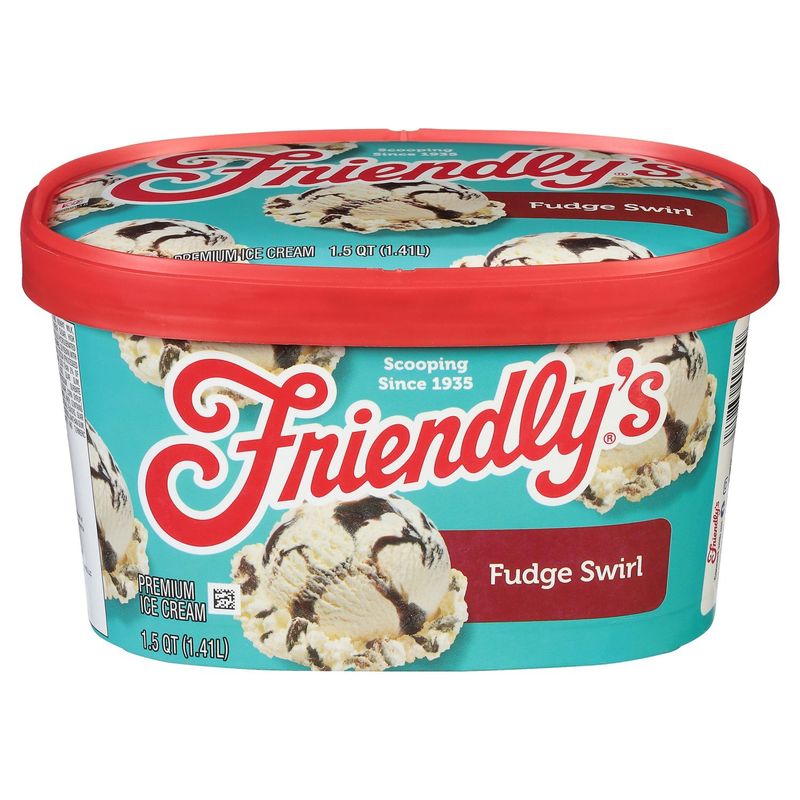
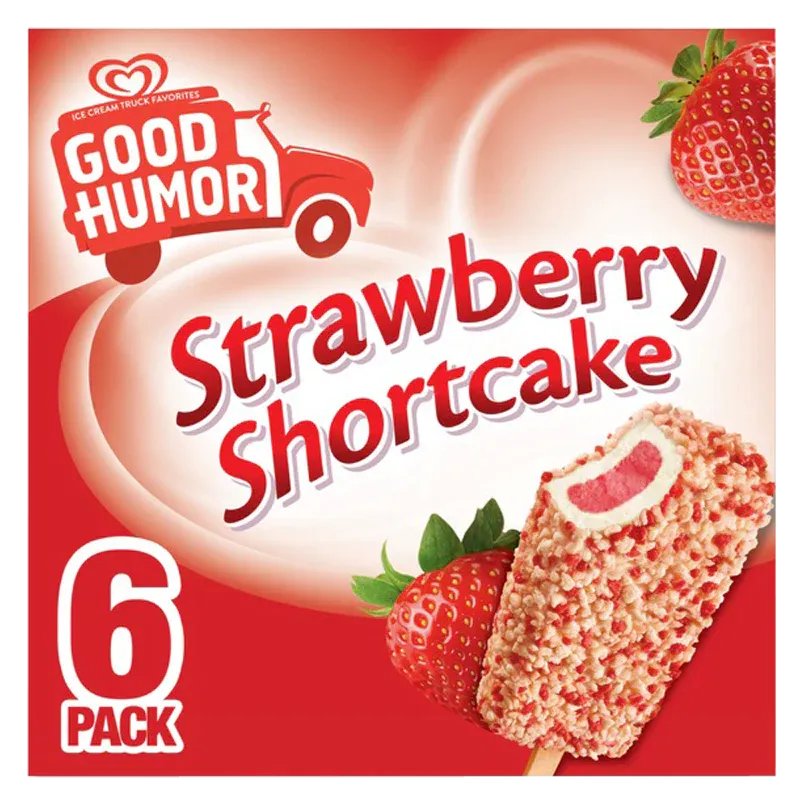
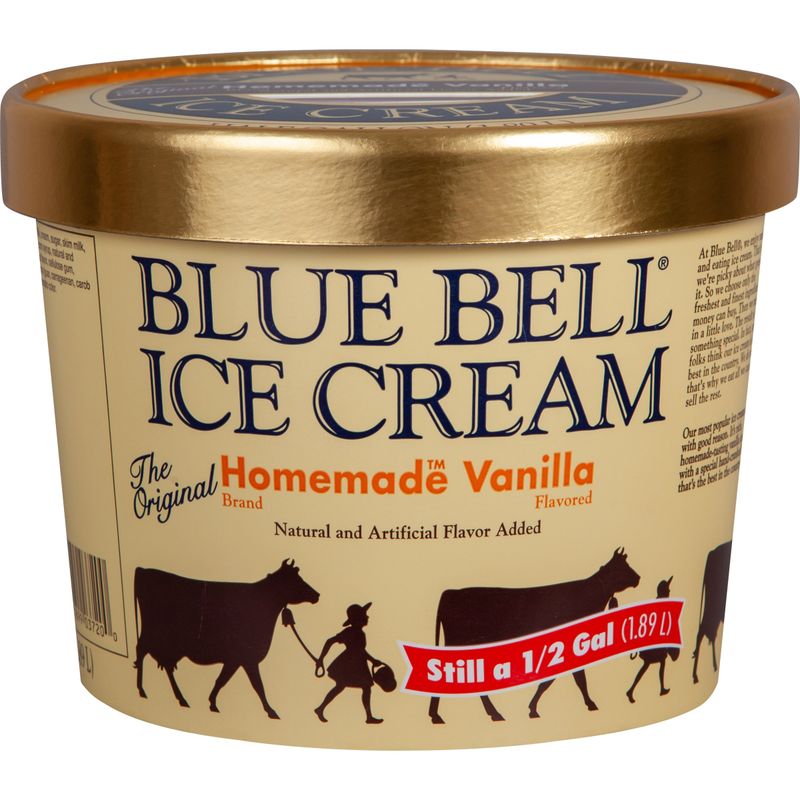
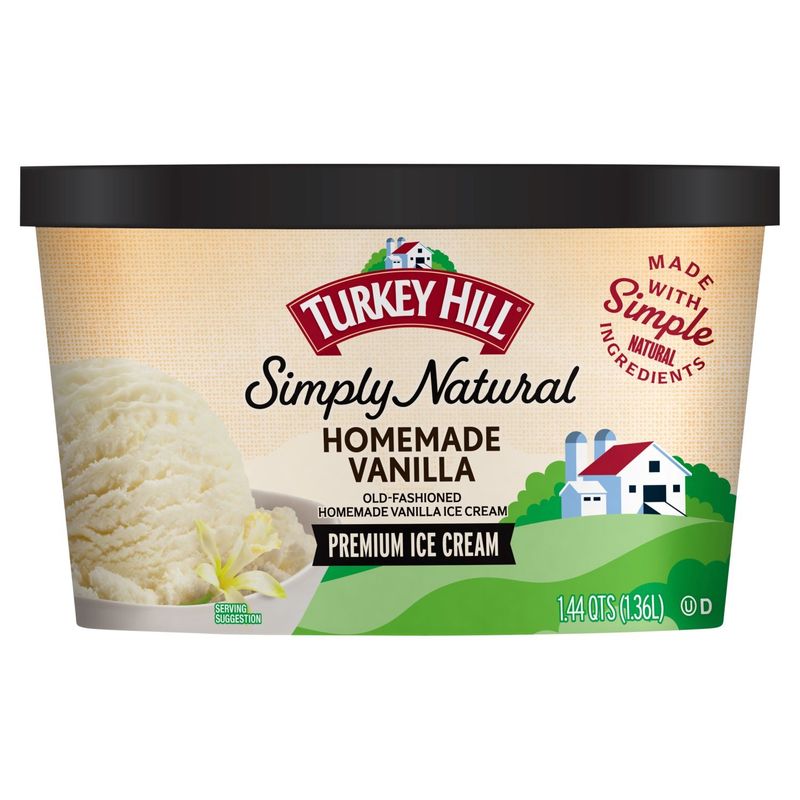
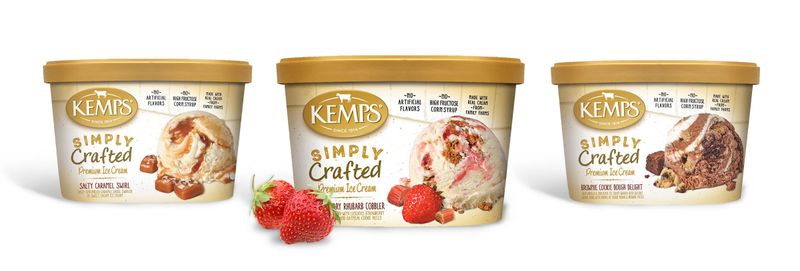
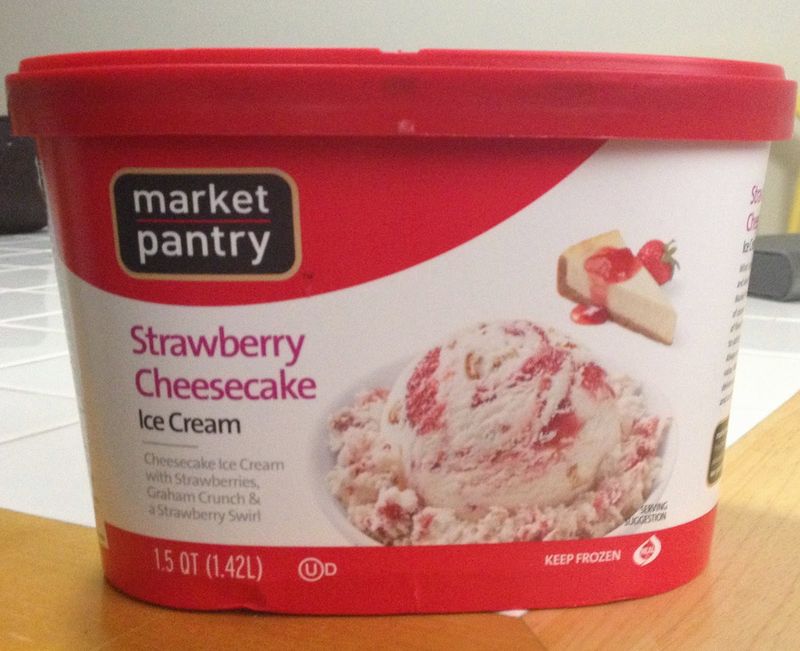
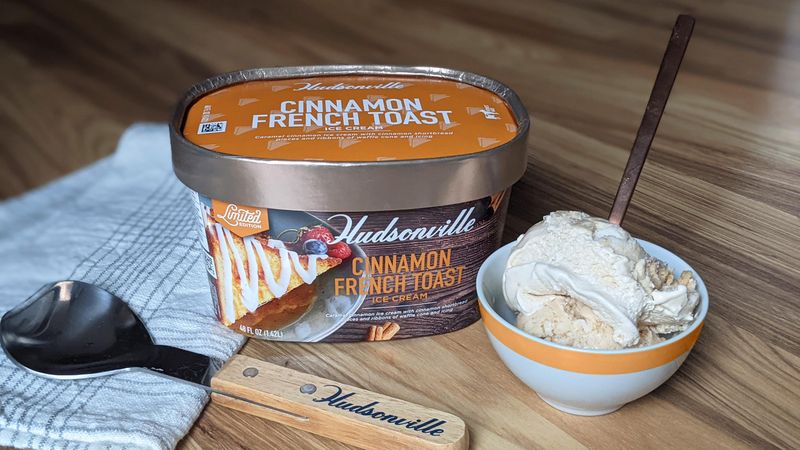
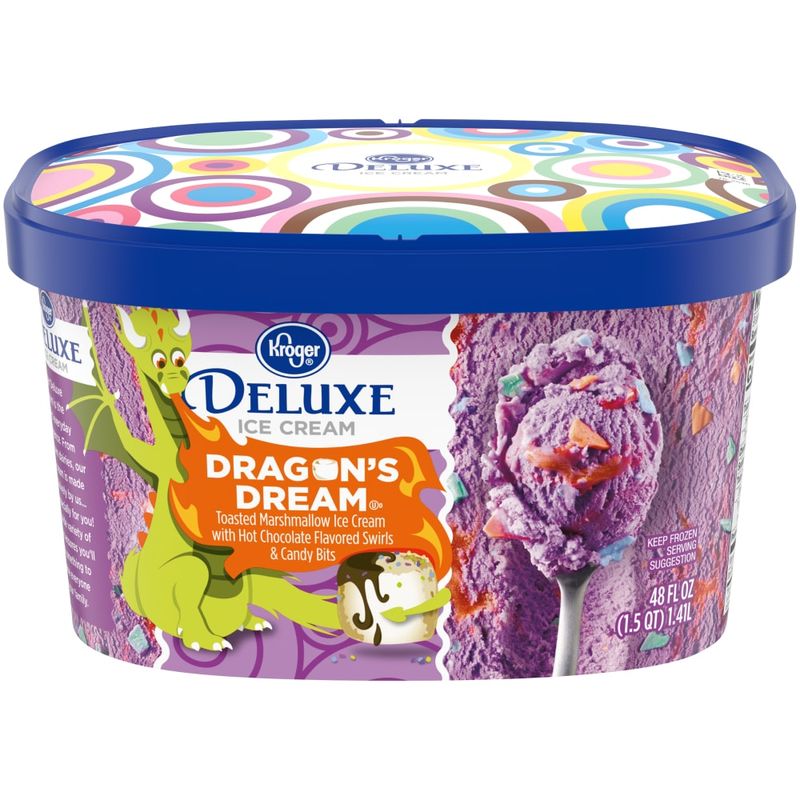
Leave a comment